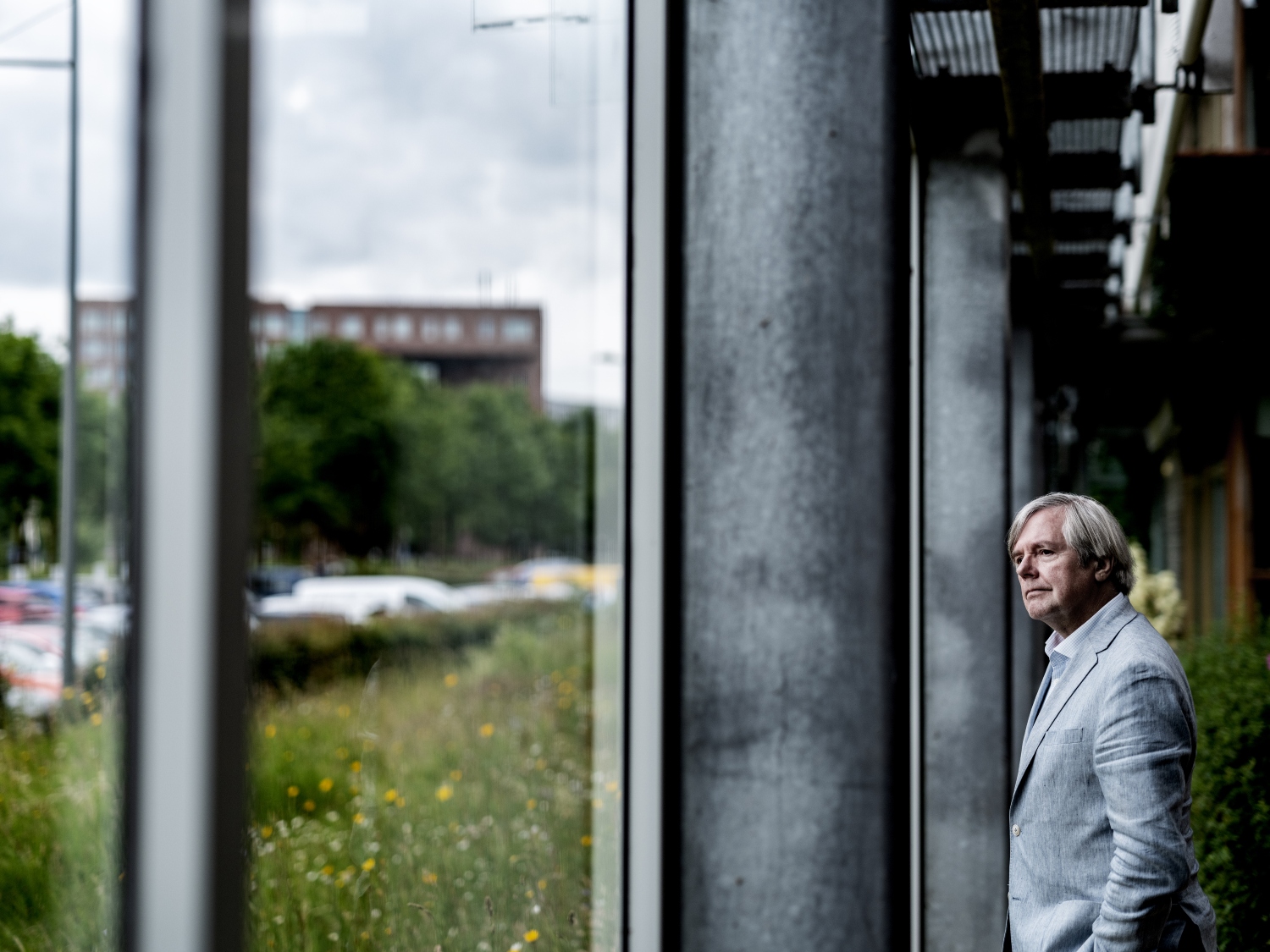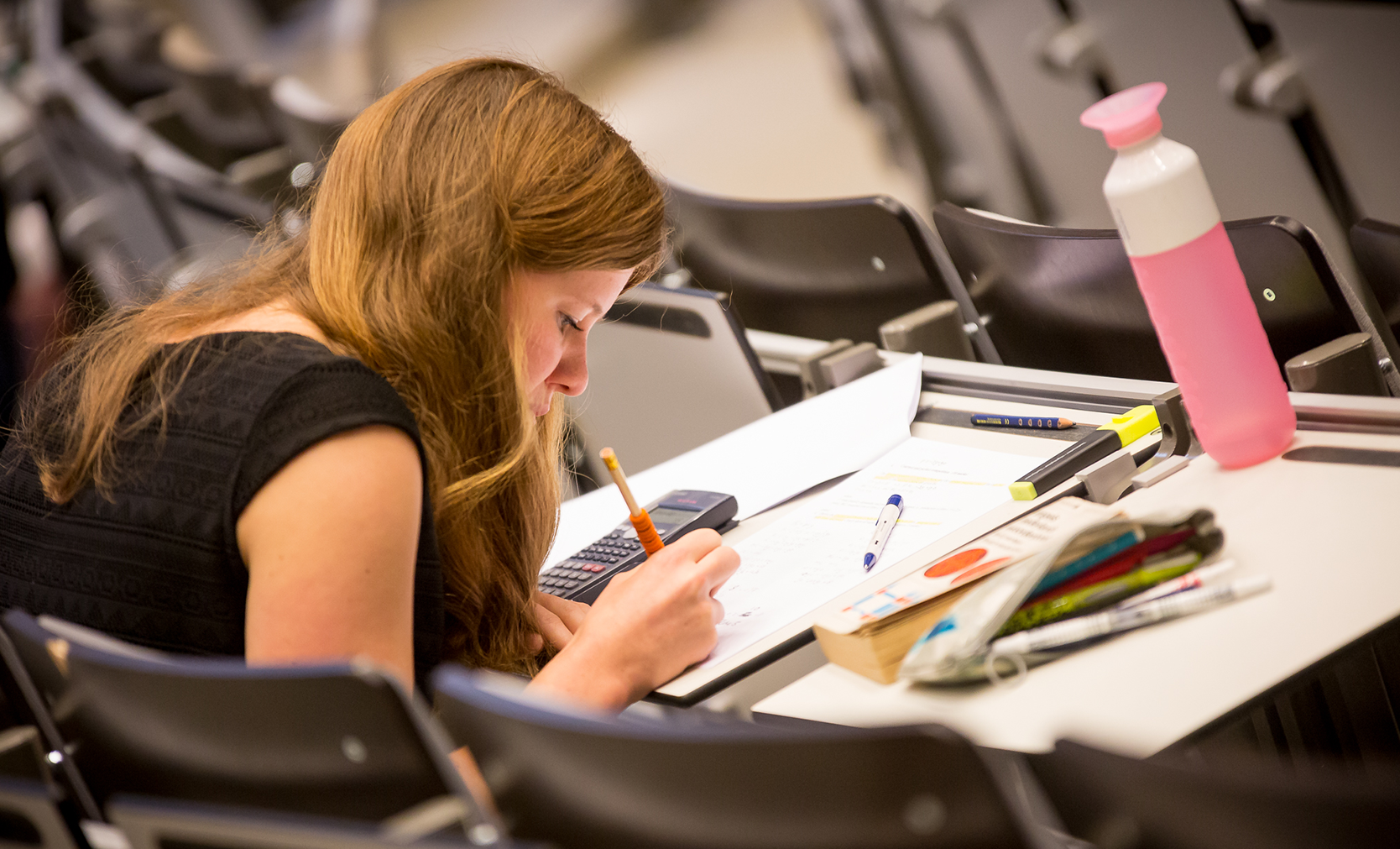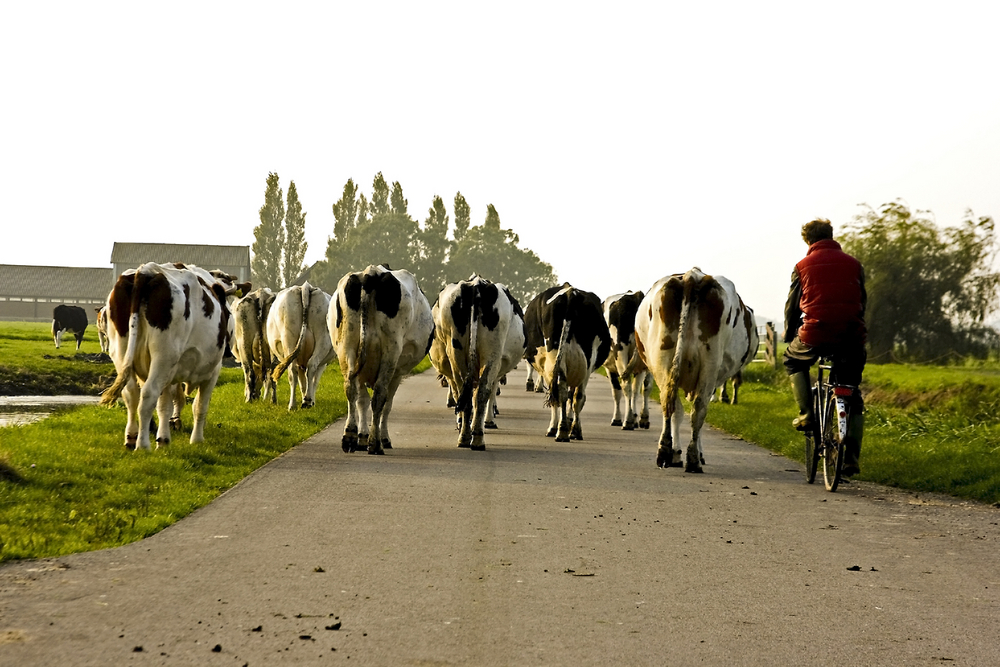Text Marieke Enter & Dominique Vrouwenvelder
Who has the best legwork and best teat placement? Who has an excellent croup or space between the ribs? Anyone who has seen the National Championships Cattle Assessment for Students will forever look at a dairy cow through different eyes.
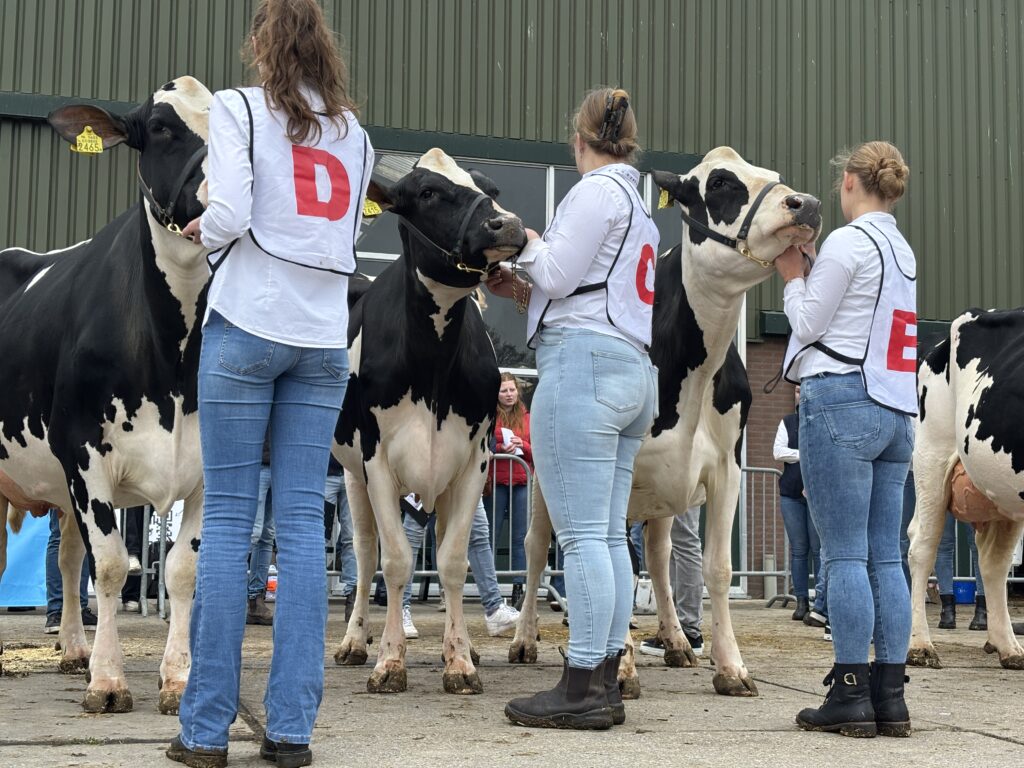
Five seemingly random cows strut through the arena, led by handlers in white shirts. The layman will not see much of note when viewing the animals, other than the fact that they are black and white and unusually clean. Their undulating tails move gracefully in the wind, above squeaky-clean hind legs that are void of even the smallest speck of dirt. The light pink udders are silky soft, with the occasional protruding vein. The occasional tiny shaving cut reveals that this look is not #wokeuplikethis.
Experts see five freshly bathed and carefully groomed cows. Their names are Hennie 162, Aaltje 213, Gri 54, Fanta 61 and Aaltje 212 of the Bennekom Van Ginkel dairy farm, this year’s venue for the National Championships Cattle Assessment for students, just a stone’s throw away from the campus. Students from five educational institutions are present: WUR, Utrecht Veterinary College, Van Hall Larenstein, Aeres and HAS Den Bosch.
Squinted eyes
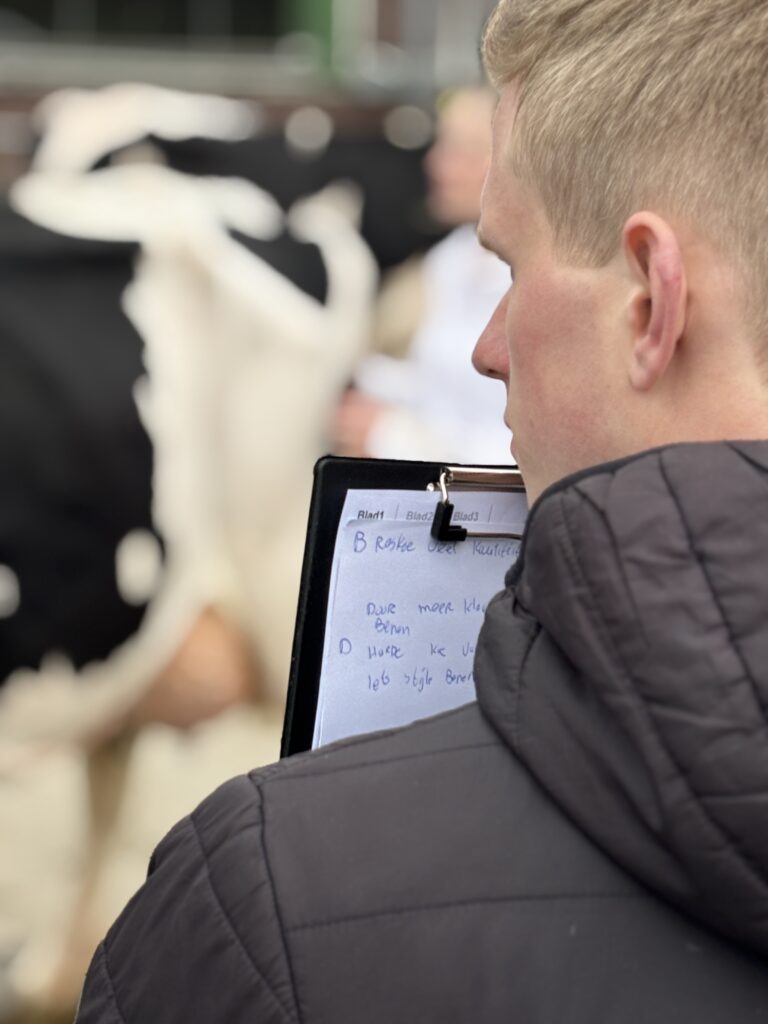
When the animals are standing next to one another for closer inspection, ten young men enter the arena. Wearing black and blue club jackets, they stand side by side at approximately one and a half metres behind the cows’ hindquarters. Clipboard in hand, with scrutinising gaze and squinted eyes, they judge the cows’ appearance. One of the finalists pulls the tails to the side to get a closer look at the udders.
The cows are ‘nice and heavy’, ‘radiate milk’ and ‘have a lot of femininity’, according to the finalists’ comments. Only the ten finalists who have proven their expertise in two written appraisals are permitted to provide an oral commentary. The finalists are all males, while the “cattle” study programmes have attracted more females in recent years. Are cattle inspections the domain of men? Not really. An investigation reveals that the male-to-female ratio in evening practice sessions is more or less equal, and a woman made it to the top ten last year.
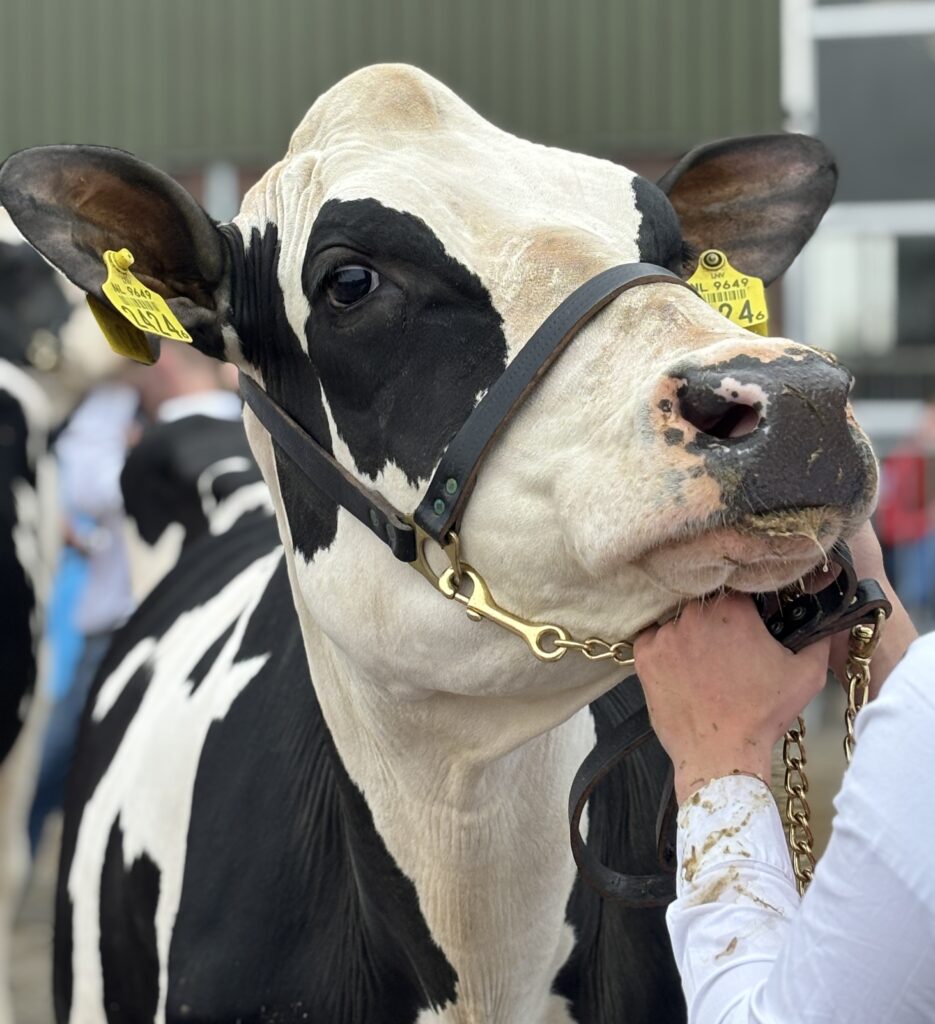
The cows take it all in their stride, except for one small breakout attempt. They stand beside their handlers, calmly staring into space. Nature does call sometimes, causing the cows to drool, urinate or defecate. In the latter case, a volunteer rushes in to hold up a bucket, lest some of the manure drip on the freshly washed and clipped hind legs. Nobody seems to care that the handlers’ crisp white shirt sleeves are covered in drool. It is all too clear that this showing is all about the cows and not about the handlers.
Not just pretty
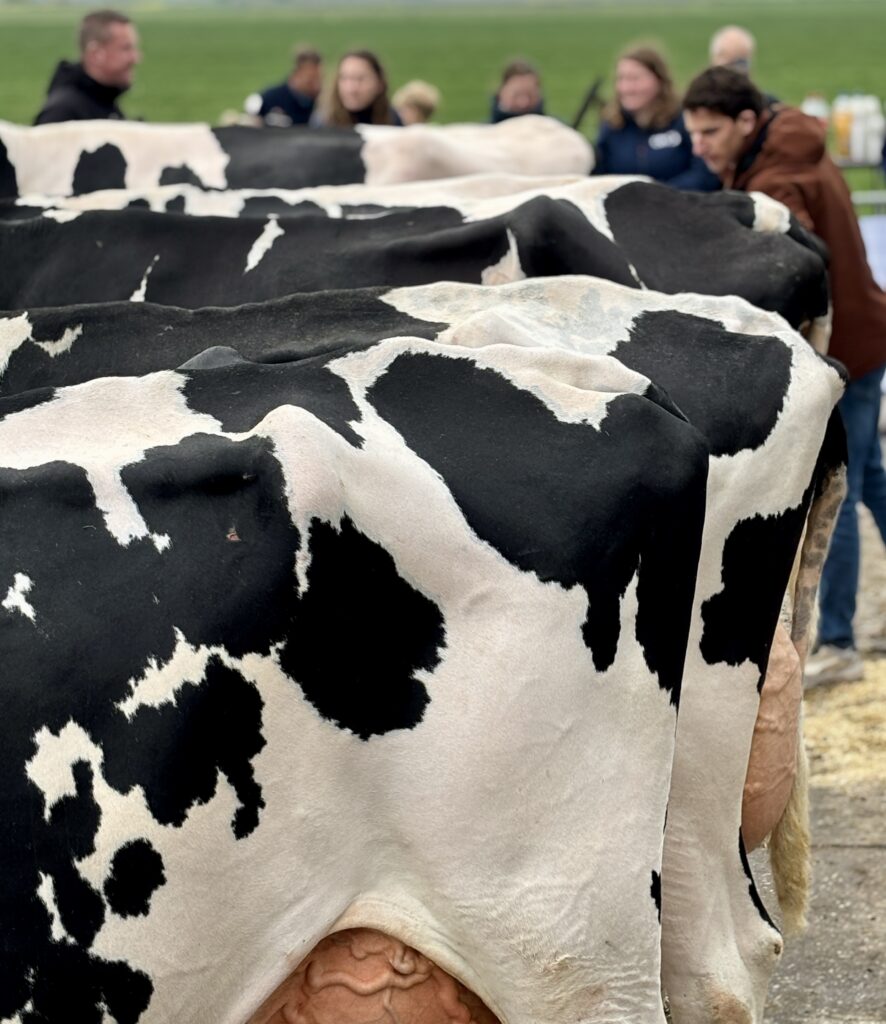
It is up to the ten finalists to inspect the cows closely for no more than 20 minutes, and to list them in order: which cow has the best build, and which does not? And, why? The explanation is the most important element of the afternoon; simply ranking the cows according to the preferences of the jury of two is not enough; the finalists must substantiate their decision. Spectators hear the ten finalists’ expert opinions in ten short pitches, which include such terms as “udder depth”, “croup size” and “claw angle”. In this context, beauty is all about qualities that are relevant to dairy farming. Beauty in the form of an appealing pattern of spots is irrelevant. While listening, laymen learn to look at cows from a different perspective, also thanks to the programme leaflet, which contains clarifying pictures to explain the inspection terminology.
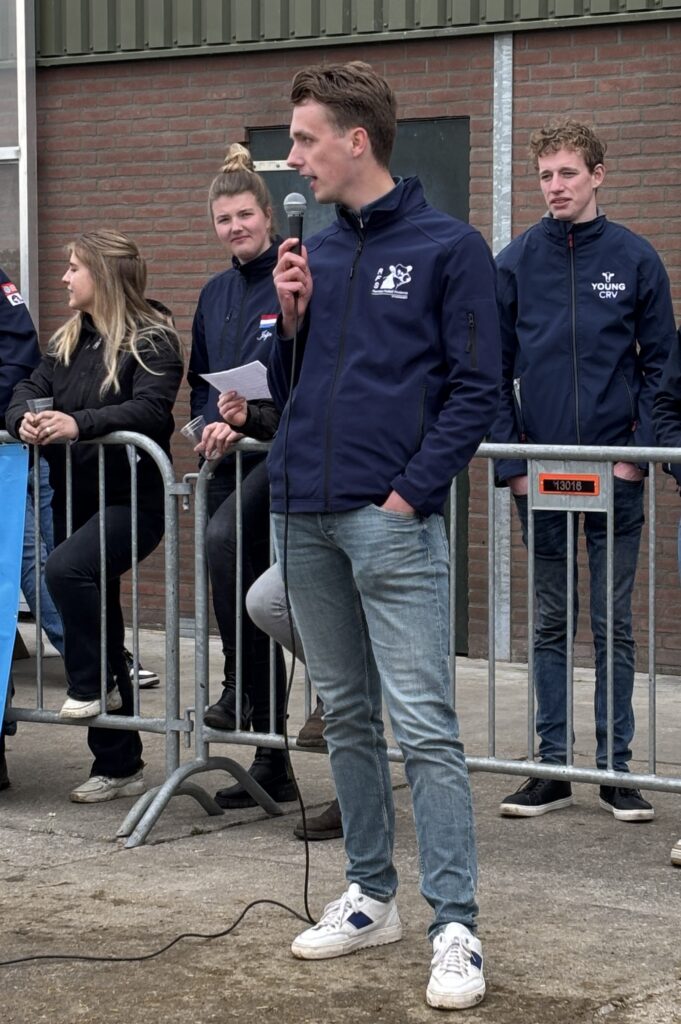
During the award ceremony at the end of the afternoon, WUR appears to have done well: second place in the study programme competition and first in the individual competition. WUR student Arjen Peters is this year’s National Champion Cattle Assessment for students. He scored 9.3 for his oral contribution. ‘Expertise and a pleasure to listen to’, the jury stated. A tip: ‘remove your hands from your pockets.’
With a microphone in one hand, and the other hand shoved deep into his pocket, Peters seemed well within his comfort zone this afternoon. And not without reason: he grew up on a dairy farm. ‘I was raised with a passion for cows. Not necessarily inspecting them, though, that came later as a hobby. We practised quite a few evenings with our study association. I sort of grew into it’, he says.
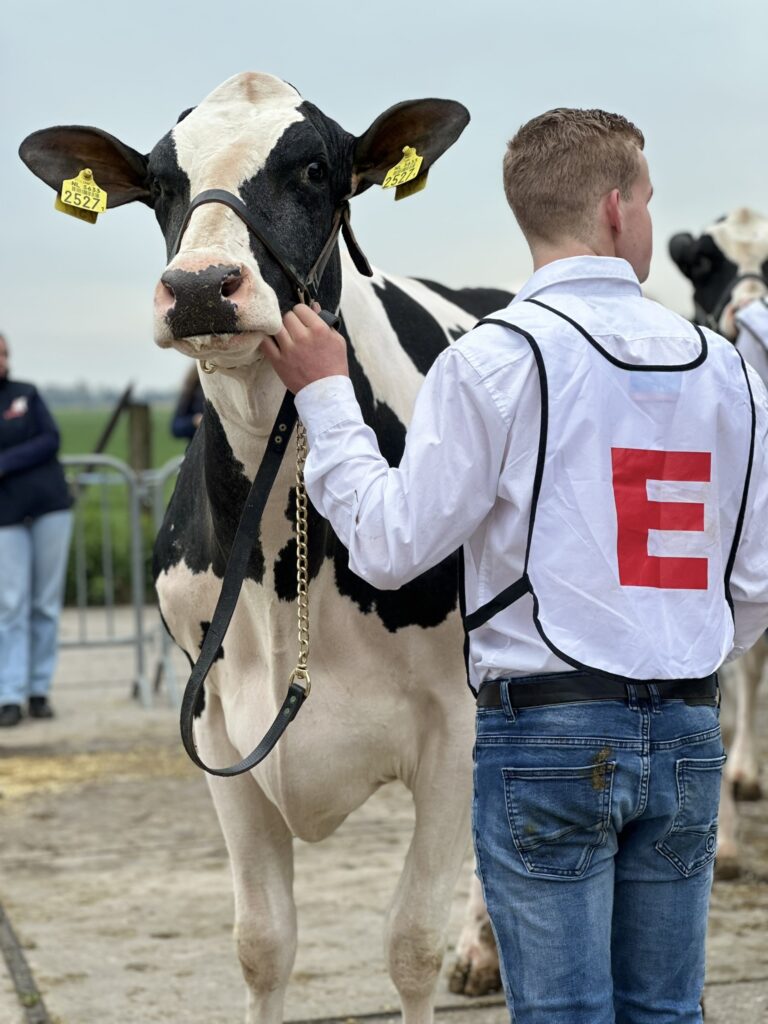
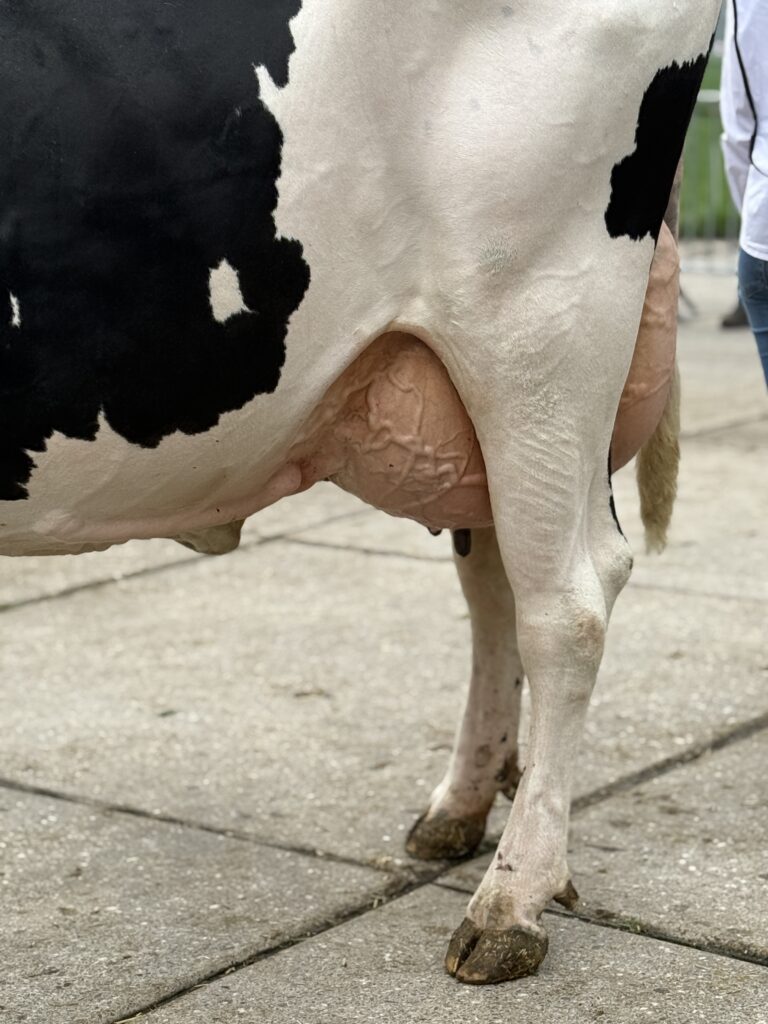
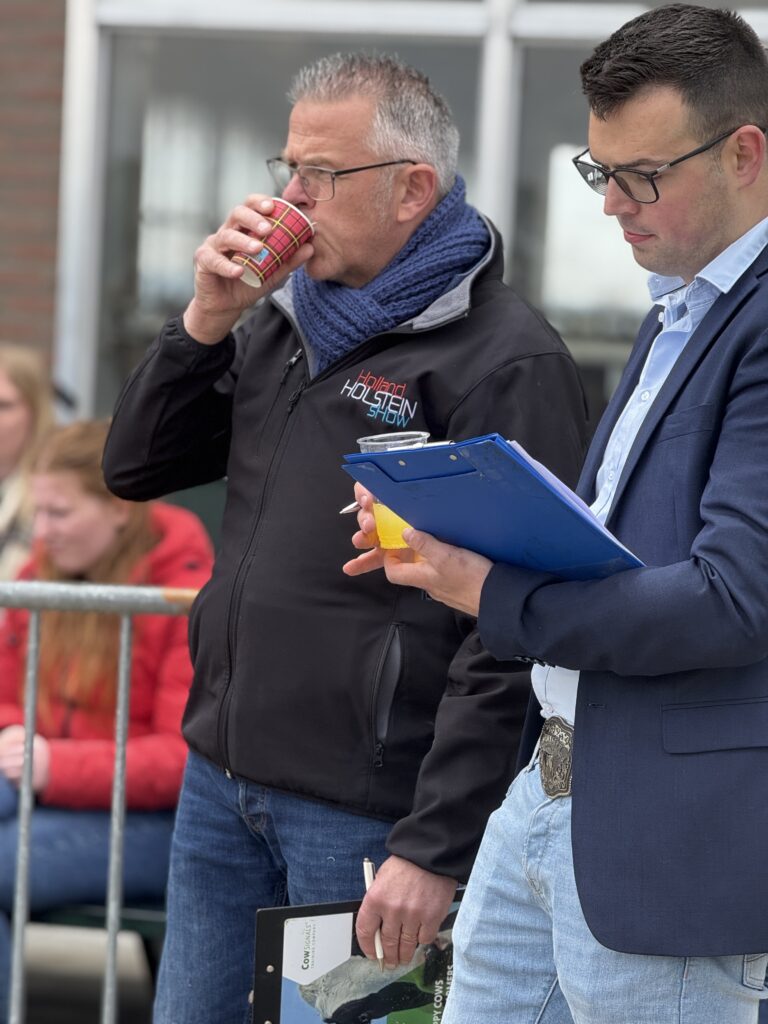
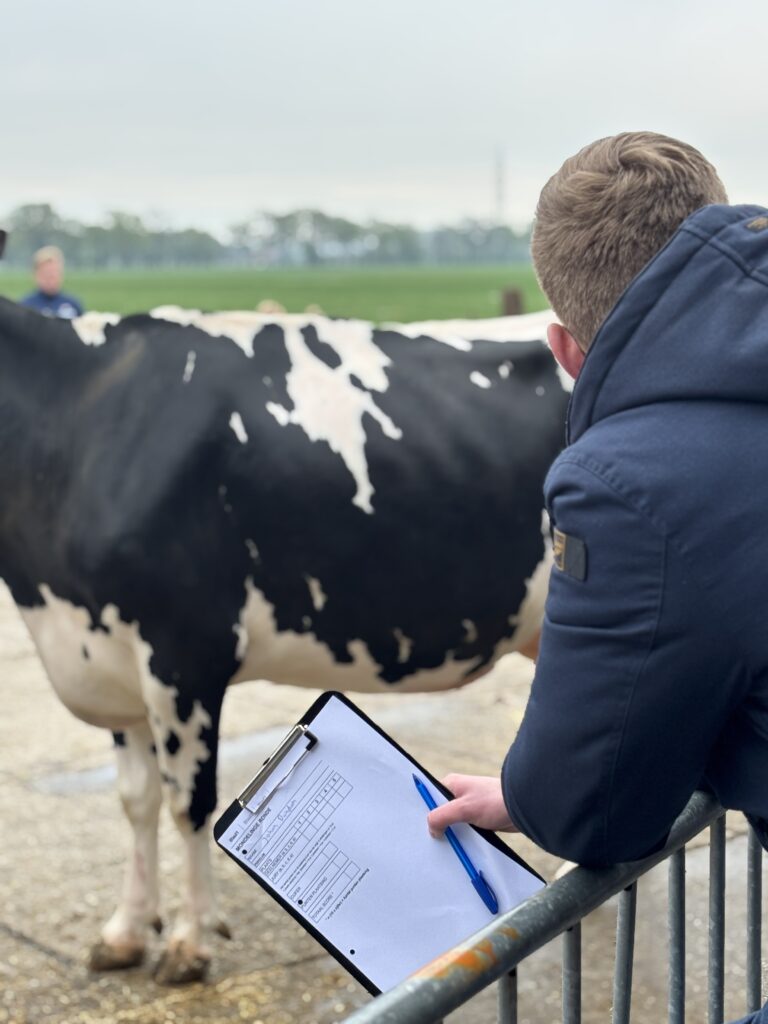
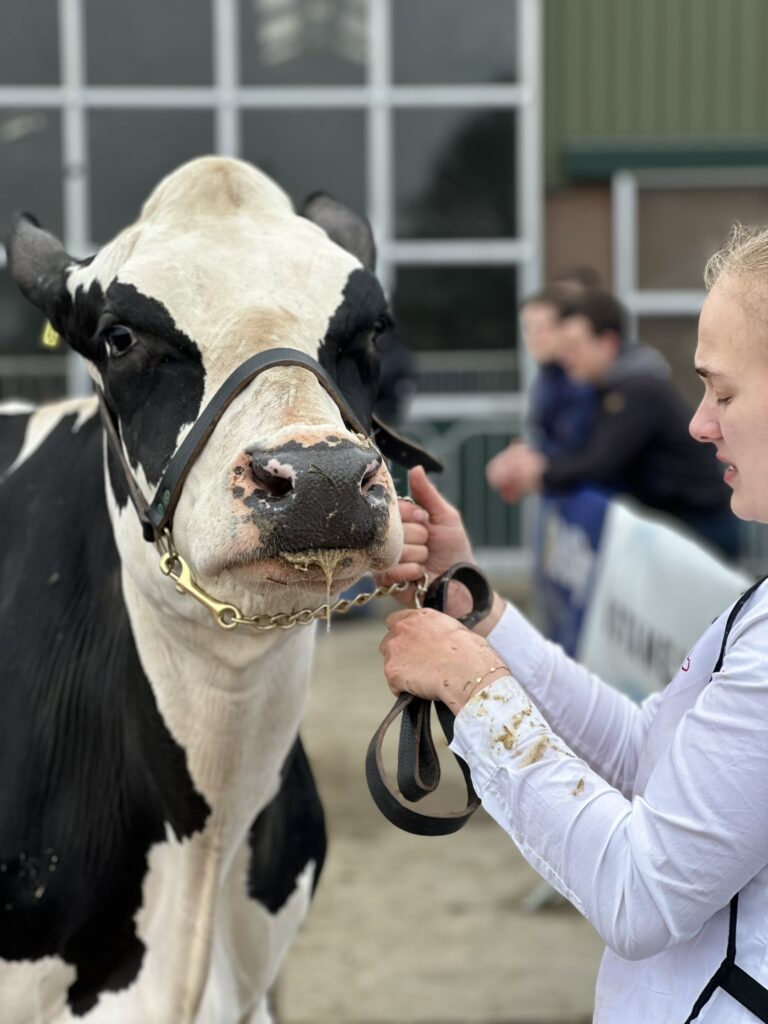
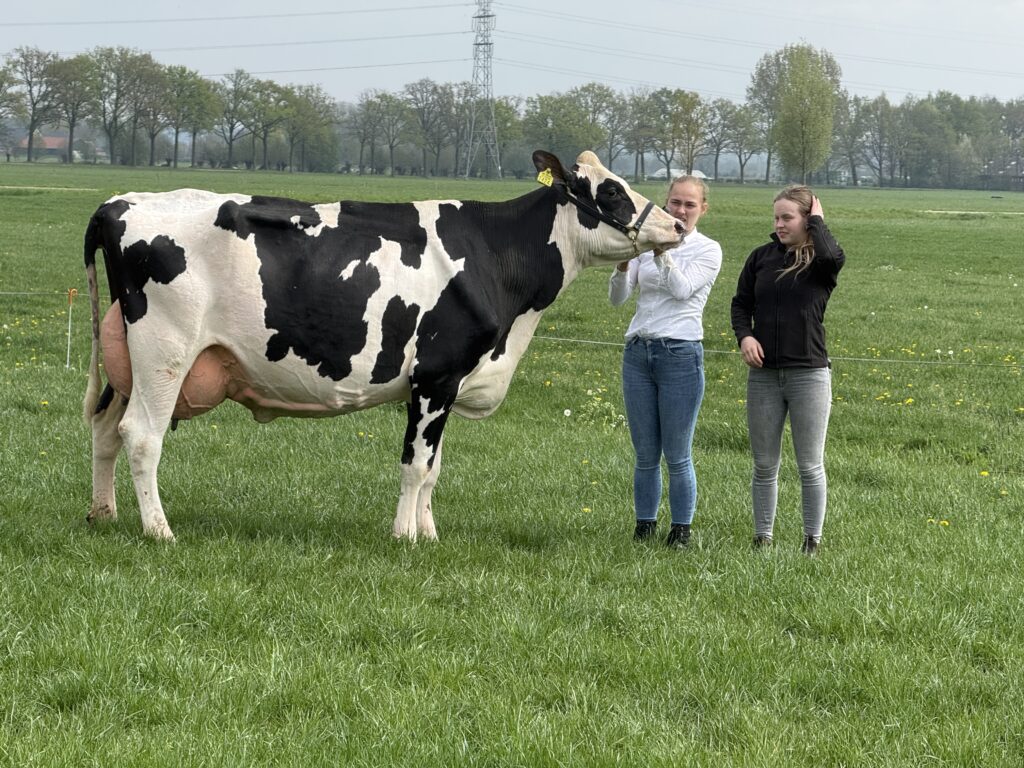

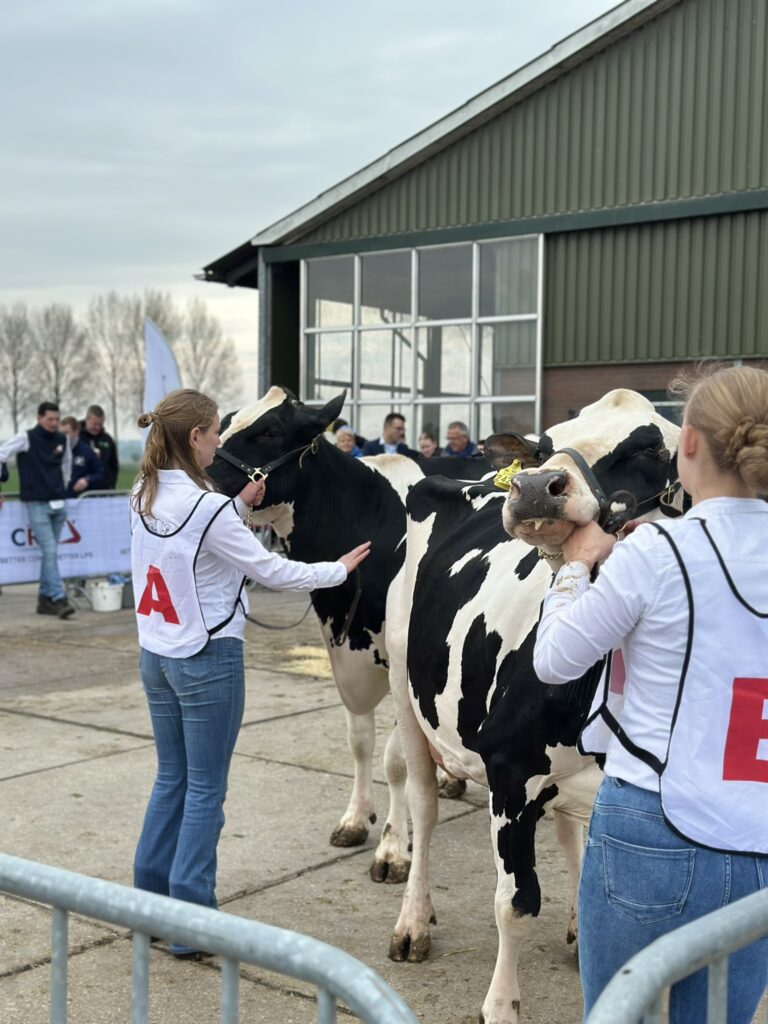
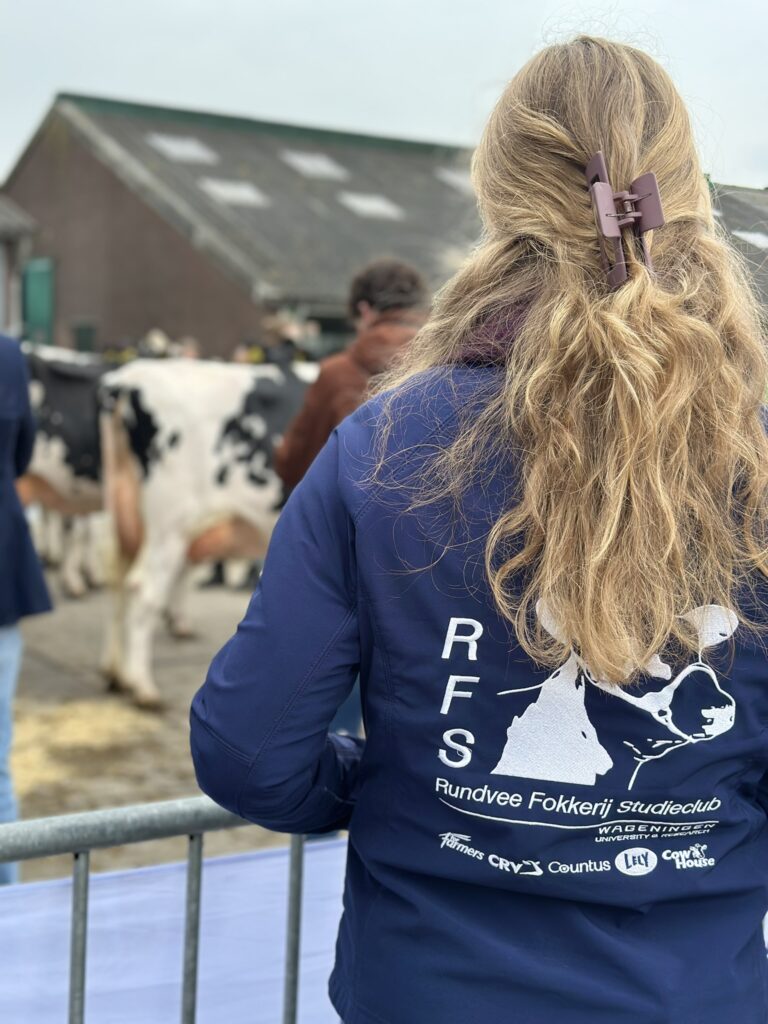
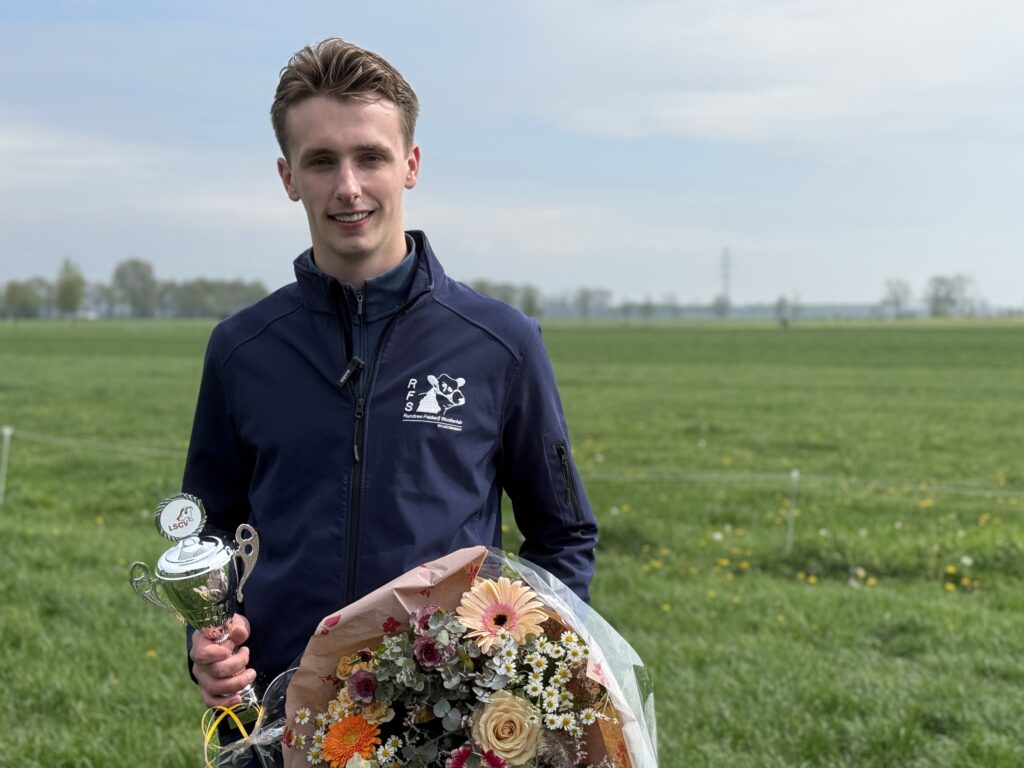
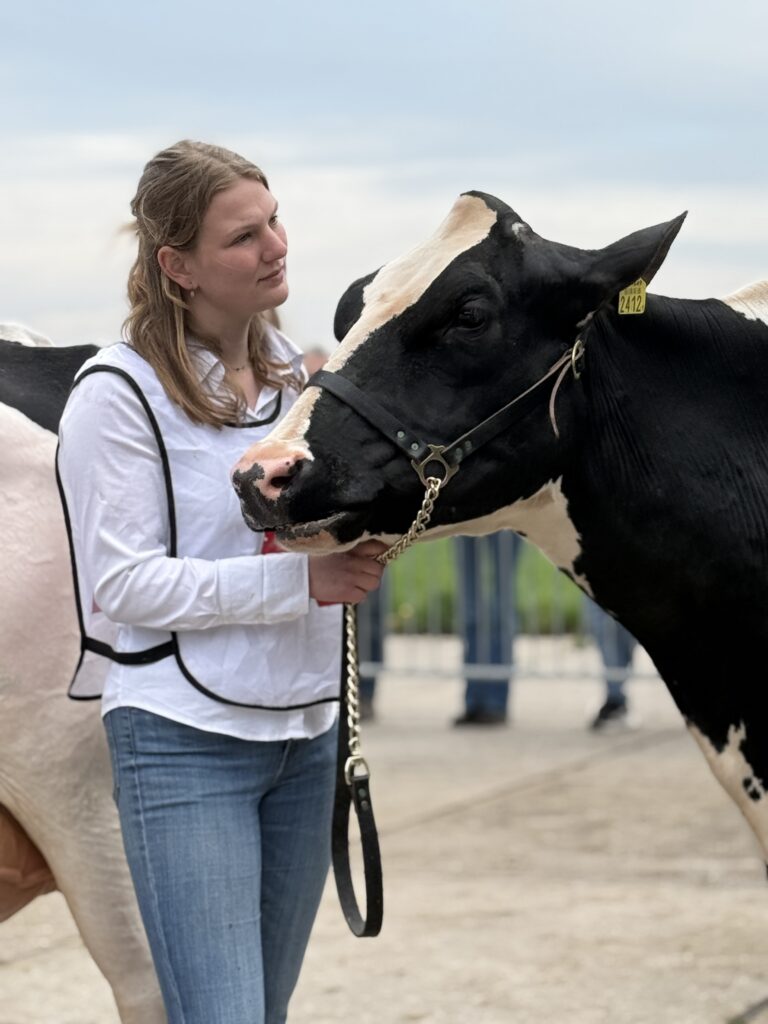
Watch the video we made with this year’s winner:

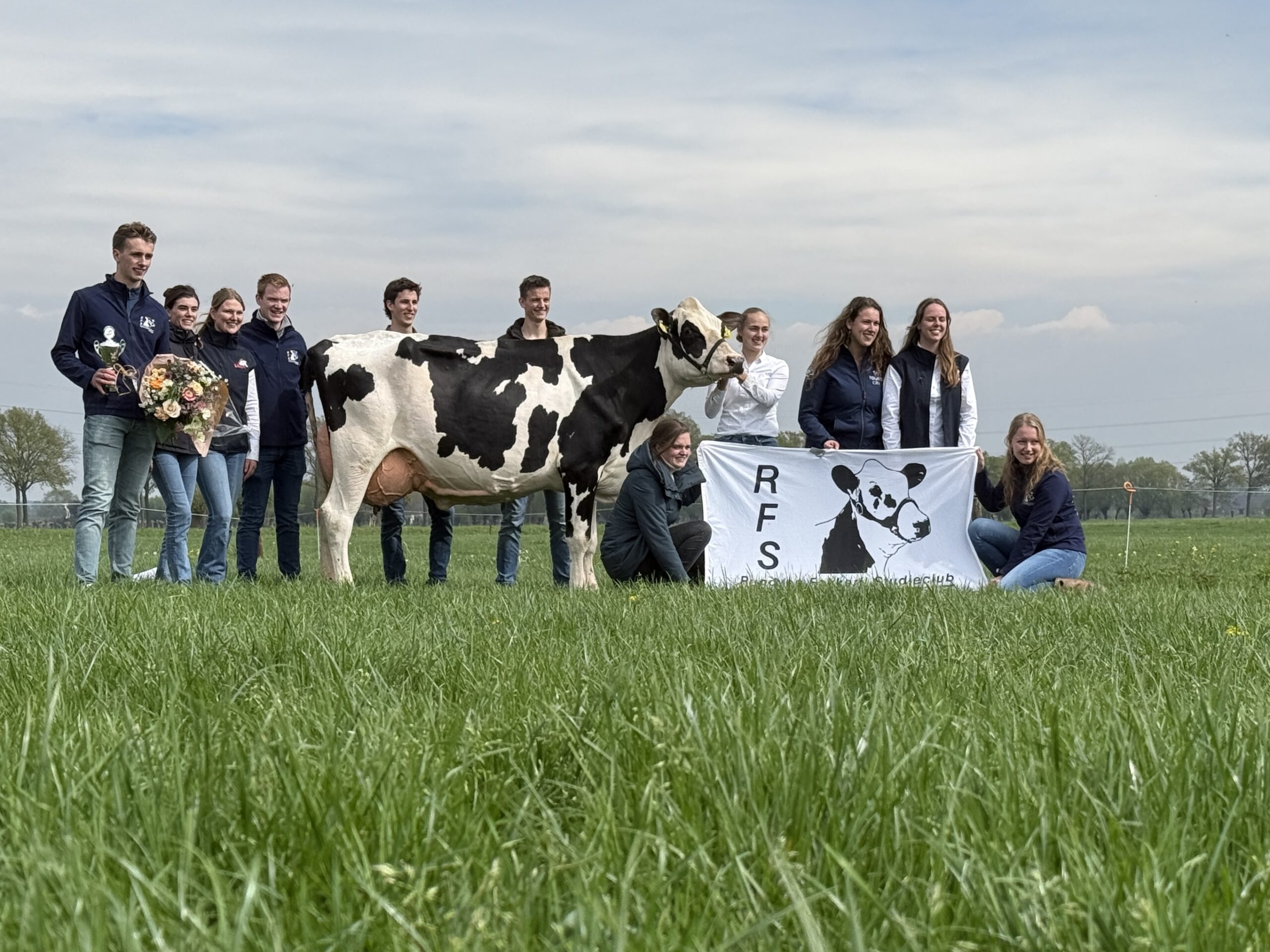 The Wageningen student team with the cow that was judged the best. On the left, winner Arjen Peters. Photo Resource
The Wageningen student team with the cow that was judged the best. On the left, winner Arjen Peters. Photo Resource 